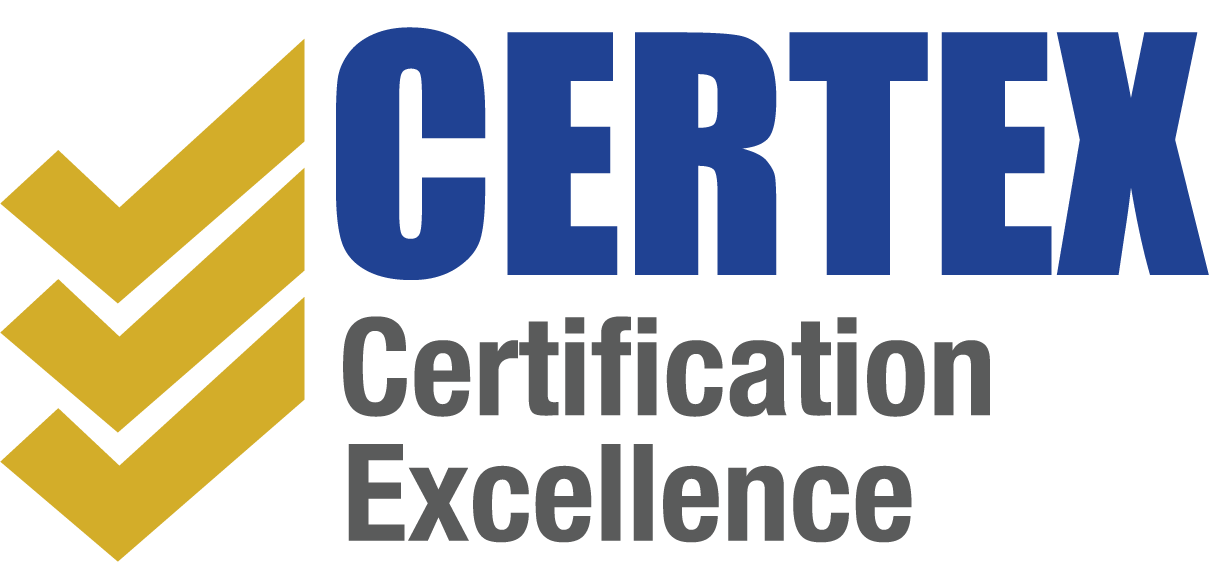Working from Home
Workplaces across Australia are scrambling to respond to the fast-changing impacts of COVID-19 and it’s impacts both globally and across the nation. Many have already, or are in the process of, transitioning their employees into working from home arrangements.
This will only become more and more common as the situation develops. Therefore, with these adapting circumstances, employers must meet new challenges as they arise.
Navigating the transition to ‘Working from home’ encompasses much more than simply setting up a desk and chair at home. It is important that employers take a more proactive and thorough approach to guiding their employees through this process. Furthermore, setting up the appropriate foundations and structures so that work can continue without (further) time-consuming and costly disruptions will test all employers and organisations, big or small.
Aside from obvious issues of home-office ergonomics there are countless other issues which organisations cannot afford to let slip through the cracks. Some key areas include:
- adequate communication systems,
- data security measures, and
- maintaining responsible oversight across worker health.
Effective communications will go a long way towards keeping the network of employees connected and equipped to complete their work as effectively as possible amidst disruptions. However, communication and team cohesion cannot simply be restricted to formal communication channels, organisations will have to consider how to facilitate a broad range of communication necessities as well maintaining team morale. After all, working remotely from fellow employees will no doubt affect familiar workplace dynamics.
Similarly, data security will emerge as a major area of risk requiring careful oversight and monitoring. With so many people working from home offices, the risk of inadvertent but nonetheless dangerous data breaches is exacerbated. Whether it be from increased use of webcams, download and disposal of documents, or even casual discussion in the household, the increased reliance on electronic sharing of information (often confidential) must be managed.
Furthermore, despite the scattered physical locations of workers, employers still retain their obligations regarding employee health, especially in times of a global pandemic. Where it is understandably easier to monitor and enforce consistent standards on health and hygiene in a set workplace, working from home arrangements create brand new obstacles. It would be wise for employers to establish clear, suitable protocols for employees and ensure that it is communicated to them. Not to mention, much has been said of the unprecedented nature of COVID-19, the toll on mental health is something employers should consider under the expansive umbrella of ‘worker health’.
Many other significant challenges also exist and in the face of these uncertain times. As we are hearing reminded to us in the news, employers maintain a responsibility for their workers even while working from home and must take responsible action to ensure they, they employees, and the organisation is prepared to navigate these next stages.
Certex has published a useful Working From Home Webinar. The webinar provides a practical insight into how organisations, large and small, can manage the multiple facets of moving to working from home arrangements. It's also a useful tool for internal training and awareness.
Follow the link below to access the webinar.

